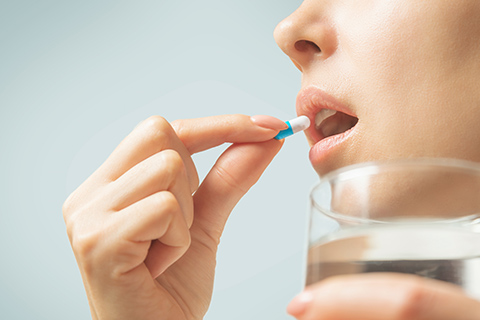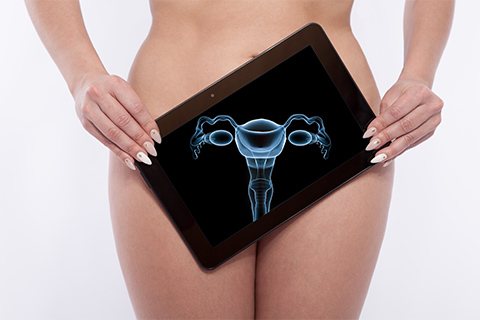Clomid and Femara
At Ob/Gyn of Atlanta we use 2 oral medications for ovulation induction; Clomid and Femara. Both are used early in the cycle to “jump start” the ovaries and promote follicular development.

This is intended as a guide to our preferred method for ovulation induction with oral medications.
When ovulation is delayed or not achieved there are several options for inducing ovulation. Injectable medications are considered more potent and, in most cases, more successful, but are expensive and subject to greater complications. Injectable protocols require greater supervision and are usually managed by reproductive endocrinologists.
Though more simple to use than injectables, the Clomid and Femara medications can produce side effects and, in rare circumstances, cause significant medical complications. Most women tolerate these medicines without significant side effects. Some might experience breast tenderness, nausea, mood swings, bloating, pelvic pain, weight gain and/or acne. Possible complications include an increased risk of multiple pregnancies (twins, triplets, etc) and ovarian hyperstimulation (OH). Though OH is uncommon with these medications we recommend you immediately report any significant pelvic pain or increase in abdominal size. It was once thought that long term use of fertility medicines may raise the risk of invasive ovarian cancer but more recent studies have shown that this is not true. There remains some concern that there may be an association with borderline ovarian tumors and the long term use of fertility drugs.
Clomid is used in doses of 50, 100 or 150 mgs. Femara doses are 2.5 and 5 mgs. We will gradually increase medication doses to achieve ovulation while hoping to avoid overstimulation and OH. Both medications are used daily for 5 days on days 3-7 where day 1 is the first day of real menstrual bleeding. A detailed menstrual diary is recommended. Fertilityfriend .com is a good internet resource for charting information and materials. Most women would ovulate on day 13 or 14. We recommend 2 tests of ovulation during ovulation induction. Our suggestion is home ovulation predictor kits (OPK) and day 21 progesterone levels. Progesterone levels are drawn in our office lab. OPKs are used on days 11- 15. We recommend intercourse every other day between days 11 and 15.
At the end of each cycle we will review our success at achieving ovulation and alter the type of medication or dosage as needed.
After achieving ovulation we ordinarily maintain the dosing for 3 cycles. If pregnancy is not achieved in those 3 cycles, we may consider other measures such as intrauterine insemination (IUI) It is uncommon to continue these medications for more than 6 cycles if pregnancy is not achieved.
In summary-
- menstrual diary is maintained throughout treatment cycle
- medicines, either Clomid or Femara, are used on days 3-7
- OPKs are performed at home on days 11-15
- Progesterone levels are drawn on day 21 of the cycle
- We will review at the completion of each cycle and make a plan for the next cycle.
Let's stay in touch
Our monthly newsletter keeps you up-to-date on healthy lifestyle, latest news, and our practice.




